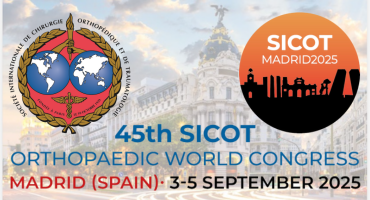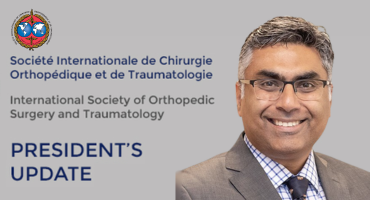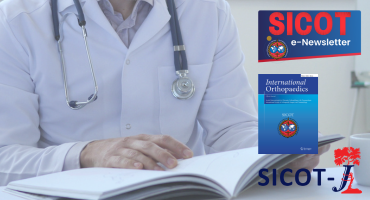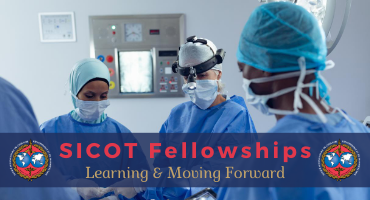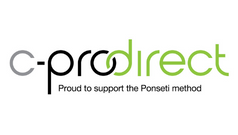Percutaneous pelvic ring fracture reduction using an external fixator: a technical trick and case series
Int Orthop. 2025 Apr 2. doi: 10.1007/s00264-025-06509-0. Online ahead of print.
ABSTRACT
PURPOSE: Pelvic ring and acetabular fractures pose significant morbidity and mortality risks due to substantial haemorrhage and internal organ injury. Many percutaneous reduction techniques involve manipulating the injured side while stabilizing the uninjured side, often requiring specific or costly equipment. This article presents a technique for creating a pelvic reduction frame using a standard external fixator.
METHOD: We included surgical pelvic ring fractures between 2018 and 2022. Pelvic reduction was achieved using an external fixator (Hoffmann III, Stryker Corporation, Kalamazoo, Michigan, USA). Reduction quality was assessed according to the technique described by Lefaivre et al., based on the following criteria: mean asymmetry (mm), mean deformity index (mm), and mean maximum horizontal or vertical displacement (mm).
RESULTS: 15 patients (10 men, 5 women, mean age 35 years) underwent surgical treatment for pelvic fractures using an external fixator and percutaneous fixation. Mean operative time was 130 min (range, 80-276). Postoperative imaging showed a mean maximum displacement of 5.4 mm and a mean asymmetry of 3.7 mm, with excellent or good reductions in 11 cases.
CONCLUSION: This system uses widely available equipment and enables the benefits of percutaneous techniques, but surgical expertise remains the key to success.
PMID:40172657 | DOI:10.1007/s00264-025-06509-0






